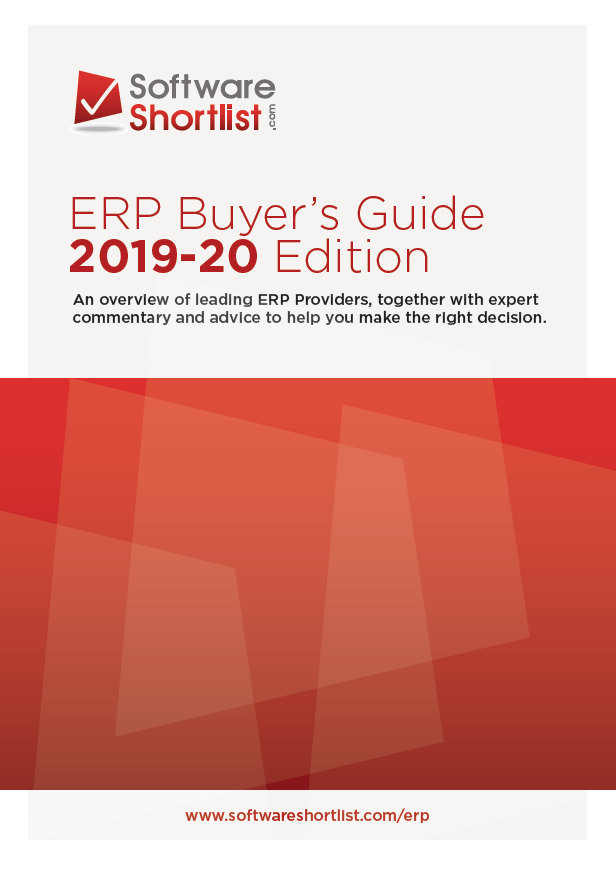 The new direct connectivity between public clouds lets users combine the technology of both services seamlessly…
The new direct connectivity between public clouds lets users combine the technology of both services seamlessly…
Announced last week, a new deal between Microsoft and Oracle lets users migrate and run workloads across the public Microsoft Azure and Oracle Clouds.
According to Oracle, the ‘enhanced cloud collaboration’ allows for interesting new operational scenarios, such as running Oracle E-Business Suite or Oracle JD Edwards on Azure against an Oracle Autonomous Database running on Exadata infrastructure in the Oracle Cloud, as well as a host of other arrangements.
“Enterprises can now seamlessly connect Azure services, like Analytics and AI, to Oracle Cloud services, like Autonomous Database,” goes the PR spiel. “By enabling customers to run one part of a workload within Azure and another part of the same workload within the Oracle Cloud, the partnership delivers a highly optimised, best-of-both-clouds experience.”
Cloud related service offerings will need to focus on delivering solutions that combine experience and execution with hyperscale providers’ offerings.
In addition to the new configurative possibilities, users will also now have a unified single-sign-in identity across Azure and Oracle Cloud, as well as automated user provisioning across both systems to manage resources. Along with the streamlined access management, a ‘collaborative support model’ has been set to help users get to grips with the new capabilities.
It’s all part of the great cloud migration, says Microsoft.
“This alliance is a natural choice for us as we help our joint customers accelerate the migration of enterprise applications and databases to the public cloud,” says Scott Guthrie, executive vice president of Microsoft’s Cloud and AI division.
For now the agreement makes it possible for users to run Oracle apps on Azure as well as simplifying some controls and user management. But the deal also has clear strategic value that could be the beginning of something bigger in the future, as new partnerships are made and new databases incorporated into the fold.
“Cloud services are definitely shaking up the industry,” says Sid Nag, research vice president at Gartner. “At Gartner, we know of no vendor or service provider today whose business model offerings and revenue growth are not influenced by the increasing adoption of cloud-first strategies in organisations.
“What we see now is only the beginning, though. Through 2022, Gartner projects the market size and growth of the cloud services industry at nearly three time the growth of overall IT services.”
According to the research company, the worldwide public cloud services market is projected to hit US$214.3 billion in 2019. In fact, Gartner is predicting AU$6.5 billion spent on public cloud services in Australia in this year alone – a 19 percent growth on last year.
“Organisations need cloud-related services to get onboarded onto public clouds and to transform their operations as they adopt public cloud services,” Nag says.
“As cloud continues to become mainstream within most organisations, technology product managers for cloud related service offerings will need to focus on delivering solutions that combine experience and execution with hyperscale providers’ offerings.”
And that’s fine with Oracle which, like Microsoft is using the announcement as an opportunity to urge its customers, new and old, to migrate ever more of their on-premise data centres to the cloud.
“Oracle and Microsoft have served enterprise customer needs for decades,” says Don Johnson, executive vice president, Oracle Cloud Infrastructure.
“With this partnership, our joint customers can migrate their entire set of existing applications to the cloud without having to re-architect anything, preserving the large investments they have already made”.



